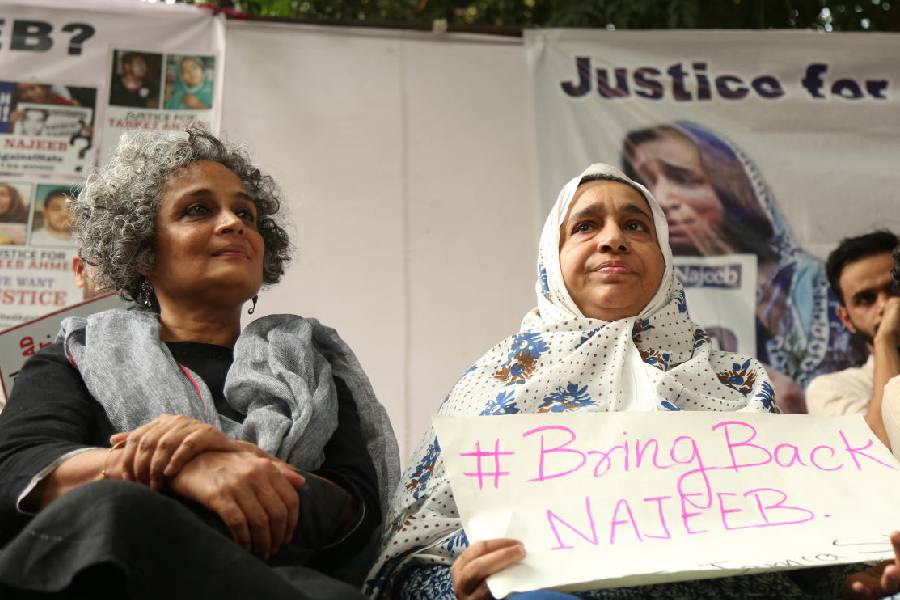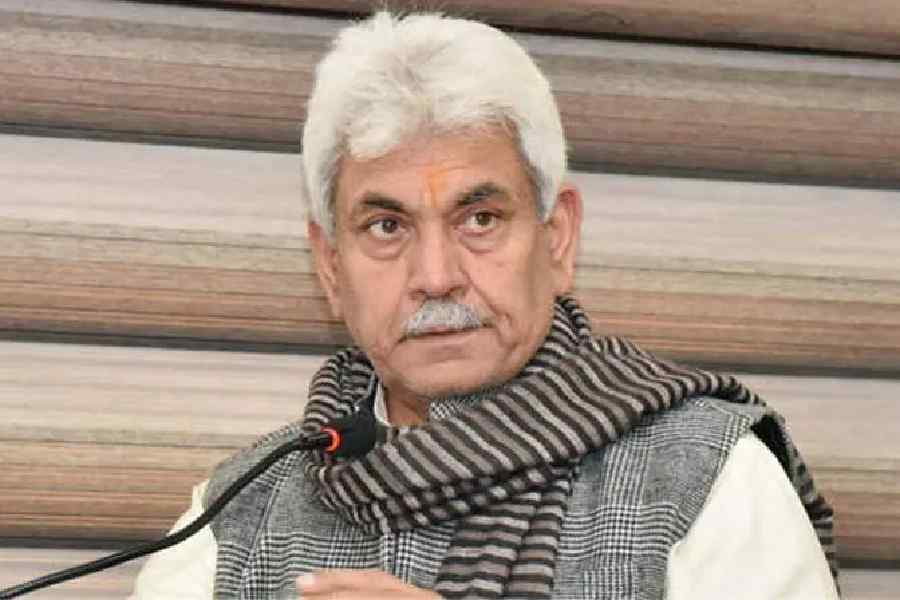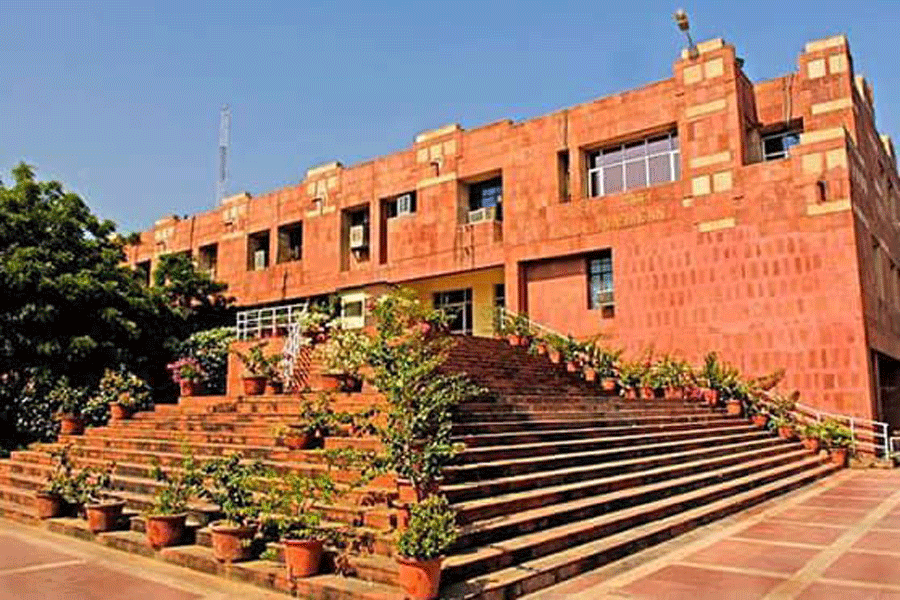|
|
| Young face of the creed |
India’s Islamic Traditions: 711-1750 Edited by Richard M. Eaton, Oxford, Rs 650
In keeping with the professed intentions of the “Oxford Readings in India” series, this volume offers the reader a selection of writings that have in their content and/or interpretation, helped configure and reconfigure what is possibly one of the most important and contested themes of Indian history: the making and workings of India’s Islamic traditions. Introduced by Richard Eaton, the book succeeds in questioning arcane but enduring assumptions about Islam in India. Eaton identifies in the introduction some of the more defining shifts in the historical treatment of Islam in pre-colonial south Asia and makes two general points. One, that any understanding of Islam in India has to take into account a double movement — adherence to a larger Islamic world in west Asia and to the more immediate environ in the subcontinent. Two, that Islamic traditions were related to the exercise of power and that the functional context of Islam shaped the entire gamut of the Indo-Islamic encounter from representation to rhetoric.
Some of the selected essays have featured in recent collections more than once, and Eaton would have done well to prune his own selection. The sections dealing with representations of Islam and its “other”, of regional variations of the Islamic experience force us to re-engage with some of the more persistent models of understanding Islam in India.
Aziz Ahmad’s essay, written in the Sixties and focussing on the opposing genres of epic produced by the Turkish victors and the Rajput vanquished, offers an interesting parallel to the more recent work of Cynthia Talbot on the representations of Muslims in medieval Andhra. They make the larger common point that the de-ionization of Islam and of Hinduism was not fixed or static and that these had temporal and spatial dimensions. At the same time, there were occasional voices that bridged the gulf — Jaisi’s Padmavat identified strongly with Rajput sensibilities, while Eknath’s Turk-Hindu dialogue sang the glories of the unity of god and parodied the intolerance of the warring creeds.
Talbot argues that Islam was never placed in the foreground as the basis of the Muslim’s alien character. It was largely in the context of the politics of the warrior dynasts of the Telegu country in the 14th century and their attempts to shore up their legitimacy by invoking Brahminical models of valour and conduct that the rhetoric of temple desecration or of cow protection was deployed. This anti-Turkish polemic later gave way to a greater accommodation and appreciation of Turkish culture.
The assimilation of Islam among the rural communities of Punjab, Bengal and Kashmir demonstrated the most visible face of Islam in south Asia. Here, the work of Sufi orders assumed a pivotal significance. Baba Farid in Ajodhan in Punjab, Lalla and Nur al Din in Kashmir, the founder of the Rishi order, played key roles in integrating local groups into Islam’s belief structure and indigenizing it in the process. The Rishi ascetics — and not the Ulama or the learned Sufis — became the models for the masses as they deployed the landscape of the valley to disseminate the simple messages of love and monotheism.
It has been customary to explain the process of Islamic assimilation, at the cultural level in terms of syncretism, a label used to lump the uneasy union of two opposing systems. Tony Stewart argues otherwise and points out that this thesis concentrates on the product and not on the process. The Bengal experience in his view was an exercise in understanding and translation. Bengali served as a malleable medium for Islam’s message, and the ideas it carried of an earlier traditional culture were not alien to Islam.











